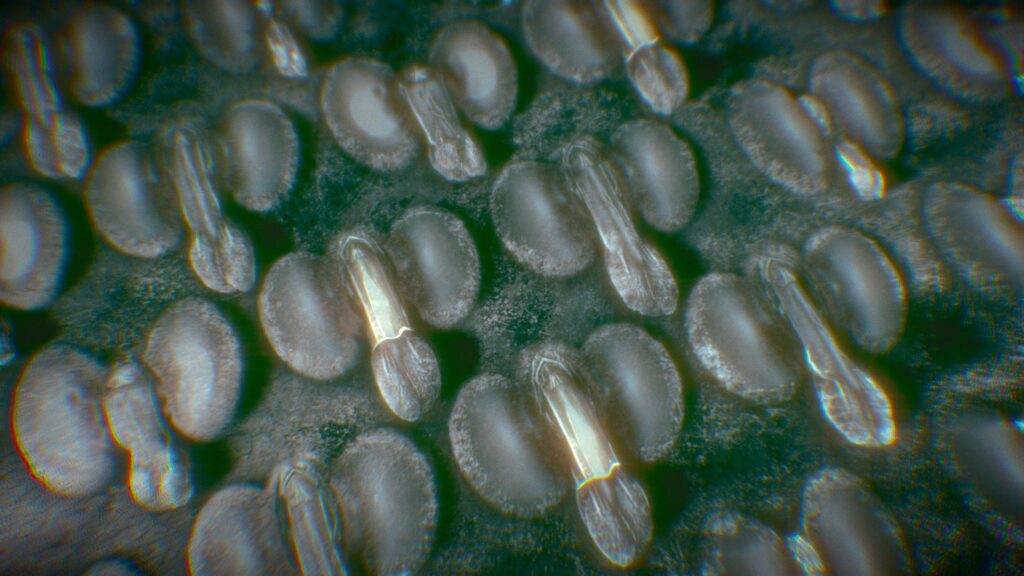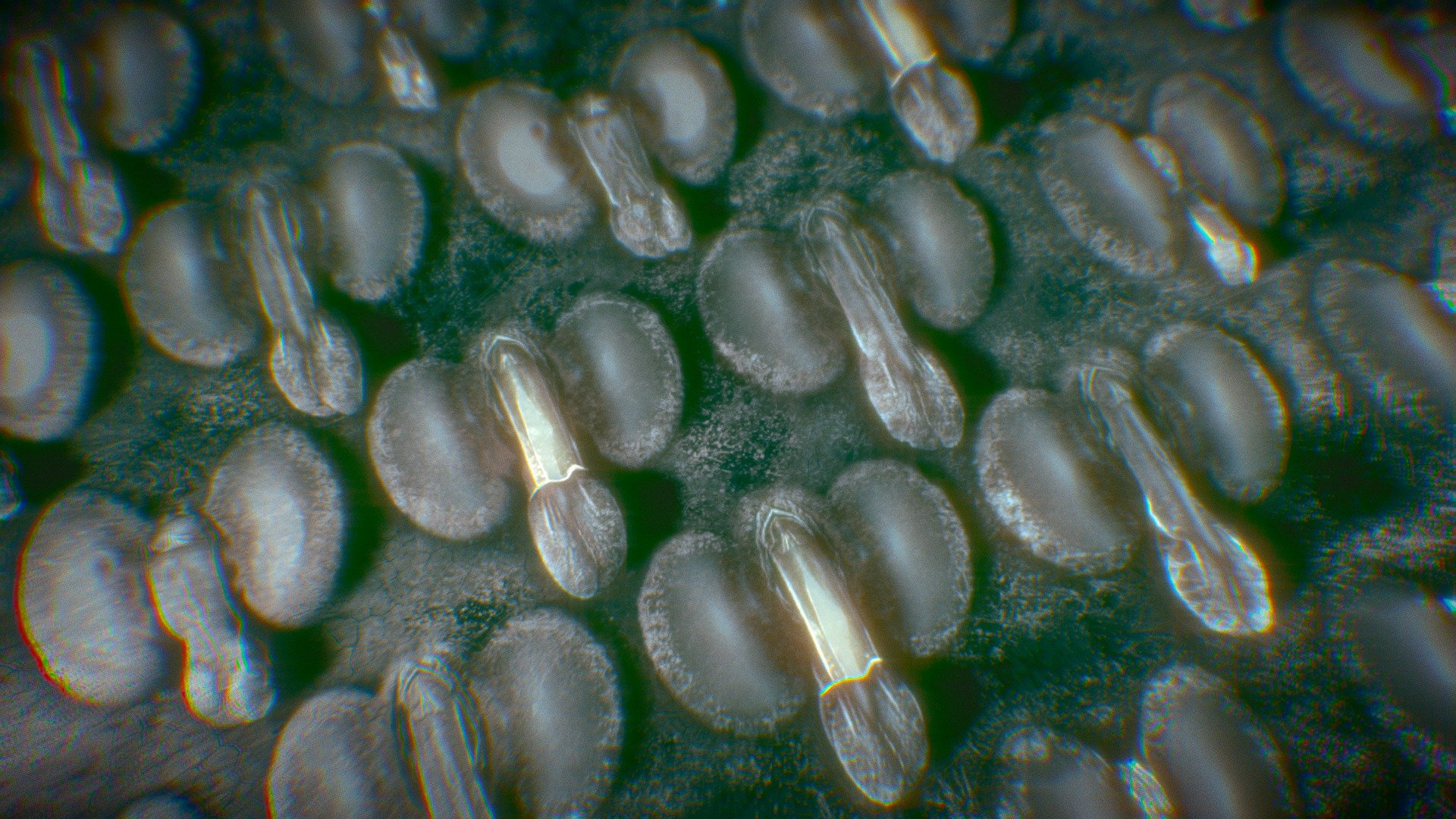
Unveiling the ‘Penis Landscape’: Exploring the Intersection of Art, Nature, and Human Form
The term “penis landscape” might initially evoke curiosity or even amusement. However, a deeper exploration reveals a fascinating intersection of art, nature, and the human form. This concept, while unconventional, invites us to consider how we perceive and represent the male anatomy within various cultural and artistic contexts. This article will delve into the multifaceted interpretations of the “penis landscape,” examining its presence in art, its connection to environmental themes, and its broader implications for discussions about sexuality and representation.
The ‘Penis Landscape’ in Art and Visual Culture
The human body, in all its forms, has been a subject of artistic fascination for centuries. From classical sculptures to contemporary paintings, artists have sought to capture the beauty, strength, and vulnerability of the human figure. The male anatomy, including the penis, has often been depicted in art, though its representation has varied significantly across different cultures and historical periods. The “penis landscape” concept takes this representation a step further, suggesting a visual analogy between the male anatomy and natural landscapes. This can manifest in various ways, such as artworks that subtly incorporate phallic imagery into depictions of mountains, valleys, or other natural features. Consider the potential interpretations of land formations reminiscent of the male form, prompting reflections on fertility, power, and the interconnectedness of humanity and nature. The term “penis landscape” also can refer to artistic renderings that explicitly depict the penis within a landscape setting, perhaps as a symbol of virility or a commentary on societal attitudes towards male sexuality. Understanding the cultural context is key to interpreting these artistic expressions.
The artistic exploration of the “penis landscape” isn’t always about direct representation. Sometimes, it’s about suggestion and symbolism. Artists may use abstract forms and compositions to evoke the essence of the male form without explicitly depicting it. This approach allows for a more nuanced and open-ended interpretation, inviting viewers to engage with the artwork on a deeper level. The concept also appears in internet searches, often linked to humorous or satirical content. However, it is important to distinguish between purely comedic uses and genuine artistic explorations of the theme.
Nature as Inspiration: The Phallic Symbolism in the Environment
Beyond art, the natural world itself can be seen as a source of phallic symbolism. Certain geological formations, such as towering rock pillars or elongated landforms, may resemble the male anatomy, consciously or unconsciously triggering associations with fertility, strength, and power. These natural “penis landscapes” can be found in various locations around the world, and they often hold cultural significance for local communities. In some cultures, these formations are revered as sacred sites, representing the life-giving force of nature. In others, they may be viewed as symbols of male dominance or virility. [See also: Sacred Sites and Geological Formations]
The connection between the penis and the landscape can also be interpreted through an environmental lens. The health and vitality of the natural world can be seen as a reflection of human well-being, and the destruction of the environment can be viewed as a form of castration, both literally and metaphorically. This perspective encourages us to consider the impact of our actions on the planet and to strive for a more sustainable and harmonious relationship with nature. The “penis landscape” in this context becomes a reminder of our responsibility to protect and preserve the environment for future generations.
The ‘Penis Landscape’ and Societal Attitudes Towards Male Sexuality
The “penis landscape” also offers a lens through which to examine societal attitudes towards male sexuality. The way we represent and discuss the penis in art, literature, and popular culture reflects our underlying beliefs and values about masculinity, power, and desire. In many societies, the penis is often associated with strength, dominance, and sexual prowess. This association can contribute to unrealistic expectations and pressures on men, leading to anxiety and insecurity. The concept of the “penis landscape” can challenge these stereotypes by presenting alternative perspectives on male sexuality. By exploring the penis in a more nuanced and multifaceted way, we can move beyond simplistic notions of masculinity and embrace a more inclusive and accepting understanding of human sexuality. [See also: Representations of Masculinity in Art]
Moreover, the representation of the penis in the “penis landscape” can be a form of empowerment for marginalized communities. By reclaiming and reinterpreting phallic imagery, artists and activists can challenge dominant narratives and assert their own identities and experiences. This can be particularly important for LGBTQ+ individuals, who may face discrimination and prejudice based on their sexual orientation or gender identity. The “penis landscape” in this context becomes a symbol of resistance and self-expression.
Ethical Considerations and Responsible Representation
While exploring the “penis landscape” can be intellectually stimulating and artistically rewarding, it’s crucial to approach the topic with sensitivity and respect. The representation of the penis, like any aspect of the human body, should be done responsibly and ethically. It’s important to avoid perpetuating harmful stereotypes or objectifying individuals. Furthermore, it’s essential to consider the cultural context in which the representation is taking place. What may be acceptable in one culture may be offensive or inappropriate in another. Therefore, careful consideration and cultural awareness are paramount.
The use of the term “penis landscape” should also be mindful of its potential to be misinterpreted or misused. While it can be a useful tool for exploring complex themes related to art, nature, and sexuality, it’s important to avoid sensationalizing or trivializing the topic. The goal should be to promote understanding and dialogue, not to provoke or offend. Education about the history and cultural significance of phallic imagery can also help to foster a more informed and respectful approach to the topic. Responsible representation requires a commitment to accuracy, fairness, and sensitivity.
Conclusion: A Multifaceted Perspective
The “penis landscape” is a multifaceted concept that invites us to consider the intersection of art, nature, and the human form. From artistic representations to natural formations, the penis has been a subject of fascination and symbolism throughout history. By exploring the “penis landscape,” we can gain a deeper understanding of societal attitudes towards male sexuality, the power of phallic imagery, and the interconnectedness of humanity and nature. While approaching the topic with sensitivity and respect is essential, the “penis landscape” offers a valuable lens through which to examine complex themes and challenge conventional perspectives.
Ultimately, the interpretation of the “penis landscape” is subjective and open to individual interpretation. However, by engaging with the concept in a thoughtful and informed way, we can expand our understanding of art, culture, and the human experience. Further research into related topics such as phallic symbolism, art history, and environmental studies can provide a more comprehensive understanding of this fascinating subject. The “penis landscape” is more than just a provocative phrase; it’s an invitation to explore the complex and often contradictory ways in which we perceive and represent the world around us. The exploration of “penis landscape” opens doors to discussions about societal norms, artistic expressions, and the relationship between humans and the environment. The term “penis landscape” itself can provoke thought and encourage a more nuanced understanding of the subject matter. The exploration of the “penis landscape” also touches upon themes of masculinity, power, and the male body in various cultures. Exploring the “penis landscape” requires a critical lens and a willingness to challenge conventional ideas. The concept of “penis landscape” encourages dialogue and can lead to a better understanding of art and society. The idea of the “penis landscape” is often present in art and architecture across different cultures. The term “penis landscape” can sometimes be used humorously, but it also has serious implications for understanding cultural values. Ultimately, the “penis landscape” is a complex and fascinating topic that deserves further exploration. The artistic representation of the “penis landscape” often sparks debate and discussion.

